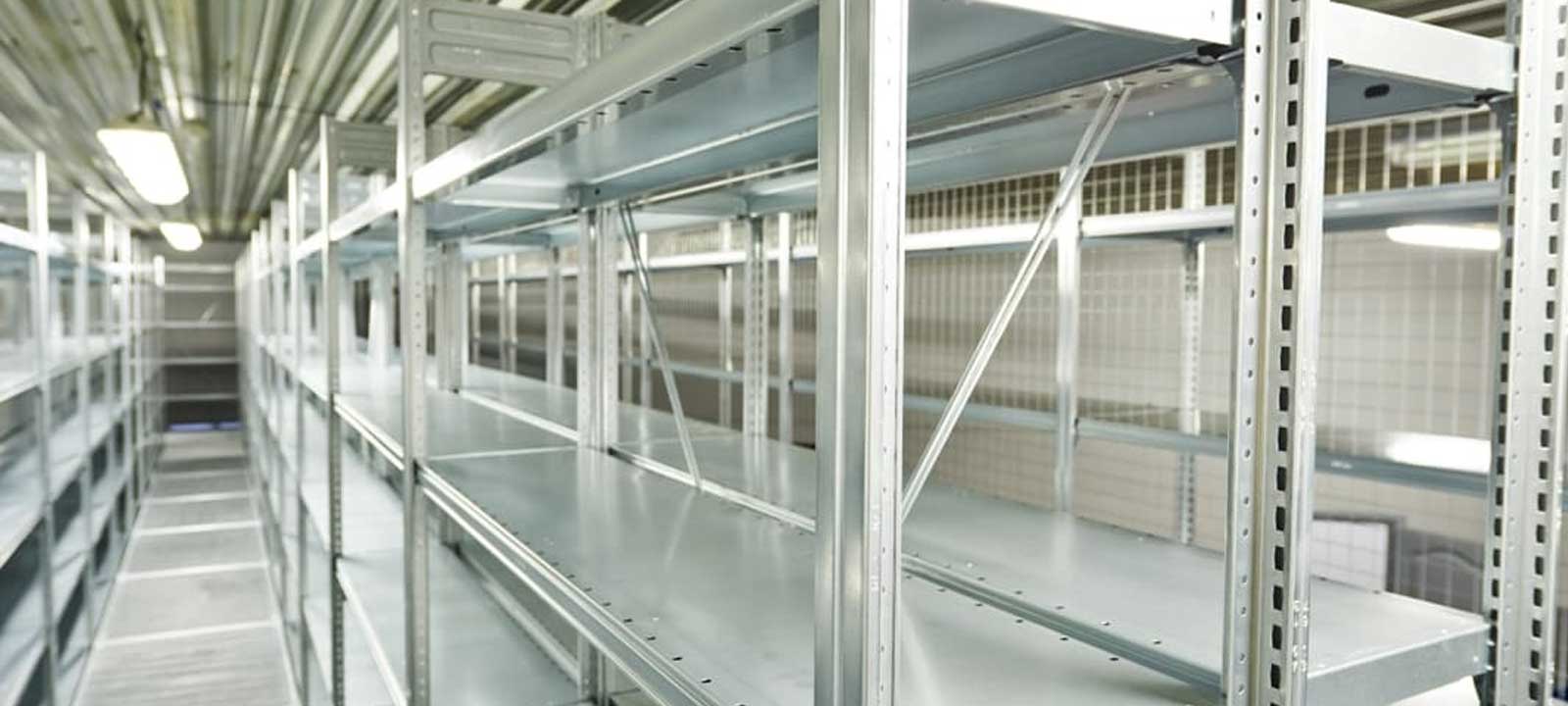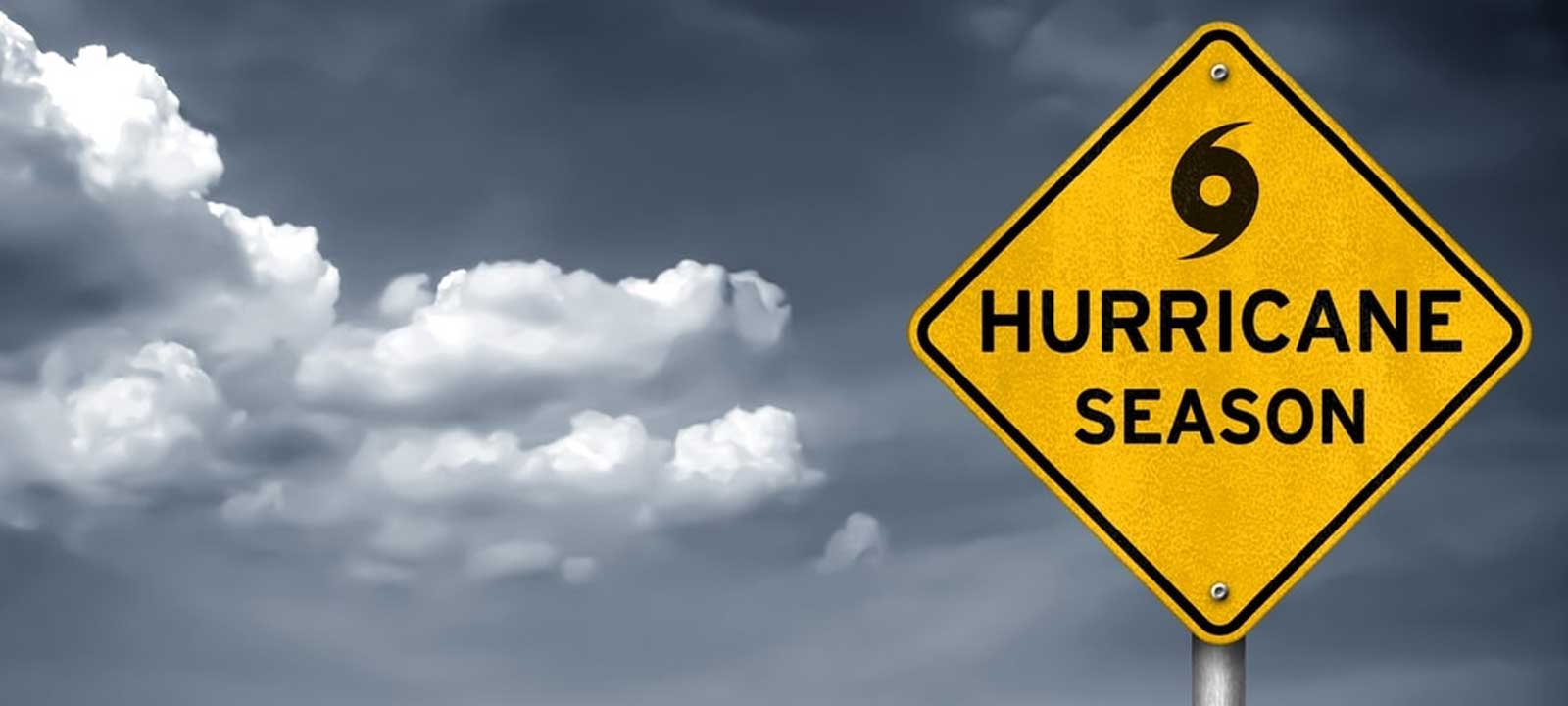The Environmental Protection Agency (EPA) has declared a “war on lead.” As a result, the Infrastructure Investment and Jobs Act (IIJA) has set aside $55 billion for the EPA to improve drinking water and wastewater infrastructure. Most of those dollars will flow through the Drinking Water State Revolving Fund (DWSRF) and the Clean Water State Revolving Fund (CWSRF) programs administered by the EPA and used by states to provide low-cost financing for local water projects up until 2026.
The EPA estimates there are more than 9 million lead pipes currently delivering drinking water into homes and businesses across the United States—putting millions at risk to the negative health impacts of ongoing lead exposure.
The Challenge: A Massive Undertaking for Municipalities and Utilities
There are 11,000 communities in the country with lead pipes, but many of these areas still do not know where these pipes are—making the extent and location of this problem a significant unknown. Fortunately, the federal Lead and Copper Rule Revisions Rule (LCRR), enacted at the end of 2021, has started the clock on the requirement for all water systems across the country to submit an inventory of their lead service lines (LSLs). While the compliance deadline is Oct. 16, 2024, some states, such as New Jersey, have moved forward with state laws that call for an even faster timetable for submitting inventories.
The challenge is the fact that some cities don’t have good records for their LSLs. The Association of Metropolitan Water Agencies says it will be a massive undertaking to find them all, possibly requiring municipalities and utilities to visually inspect each home’s service line.
Time is not only ticking to meet the federal regulation’s inventory requirement, but also to tap into the available funding for LSL replacement before it dries up. A water system with an LSL inventory in place will be in a much better position to access the funding programs—quicker.
Additionally, having an inventory will make it easier for communities to put price tags on replacements—ultimately helping them to identify the most adequate funding strategy from all available grants and loans. LSL inventories will also make it easier for utilities to plan more equitable and efficient approaches to replacements on a block-by-block basis.
Getting a Head Start On an LSL Inventory
Identifying the number and location of lead lines in a community is the first step in addressing the problem—and, ultimately, replacing the toxic lead pipes.
As mentioned above, many communities will face strong headwinds when it comes to creating and maintaining an LSL inventory. However, there are best practices that that municipalities and utilities can follow to make the process less painful.
The process starts with developing a complete picture of their data. Understanding where information is incomplete, inadequate or missing altogether will help organizations identify where data gaps exist.
According to the Environmental Policy Innovation Center (EPIC), municipalities should conduct a lead service line audit, with the purpose of determining who has what in terms of data and creating a “single source of truth.” The audit should include stakeholders from potentially relevant departments, such as Public Works, Building Services, Land Development, etc. The focus should be on locating the following types of information:
- As-builts
- Billing rosters
- Building code histories
- Citizen surveys
- Tap cards
- Field inspection reports
- Plumbing permits
- Service initiation dates
It’s important to note that some of the information mentioned above may be physically stored in paper form. Digitizing these documents will be imperative to creating and maintaining the most accurate LSL inventory.
Partner with a Proven Public Works Records-Management Provider
“Urgency” is a key term for water systems right now. They need to get their LSL inventories done as fast as possible in order to be compliant as well as to protect and notify their residents should lead be discovered. So many of these historical records are handwritten, making backfile projects expensive and resource intensive when performed in-house. However, partnering with a proven, public works records-management provider can make the process faster and—yes—more affordable.
The Docufree Public Works team has already been partnering with leading engineering and consulting firms on LSL inventory development projects for municipalities. While we can work with either digital images or paper documents, here is what our solutions focus on for an LSL inventory:
- Document scanning services to convert physical paper records to digital files
(billing rosters, engineering plans, tap cards, field inspection reports, service initiation dates, plumbing permits, building code history, citizen surveys etc.); - Document indexing services to apply metadata and indexing to digital records making them searchable and accessible; and
- Exporting images and metadata for use in a municipality’s or utility’s system or, maintaining the LSL inventory in Docufree’s cloud-based document-management platform which would enable centralized records, remote access to field employees, the ability to search indexes, and sort data fields.
Records-management solutions such as this can help municipalities more efficiently and effectively digitize and classify all of their information. Doing so will help them verify the reliability of their data, fill in any gaps within their records, and identify which lines need to be inspected. With all the information compiled into one place, classified and indexed, municipalities and utilities can more easily look for patterns in that data to estimate the probability that a service line is lead and then prioritize areas for inspections—thus expediting LSL replacement.





